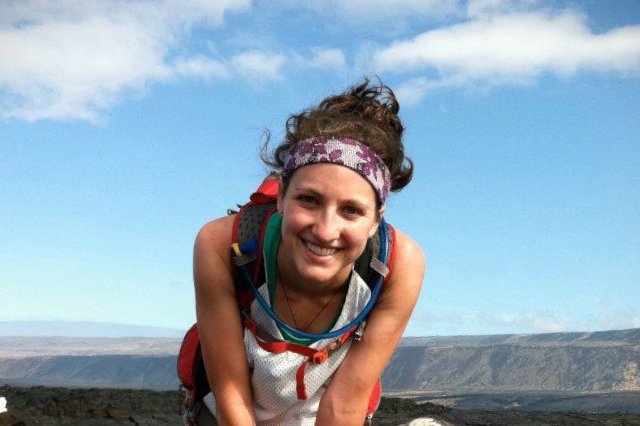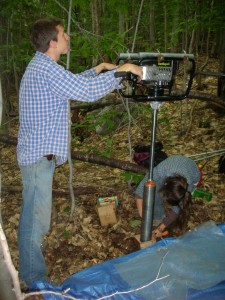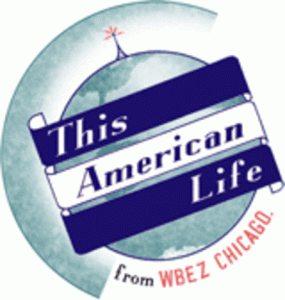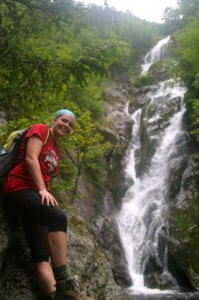I'm Carly Ellis, and I'm from the South Hills of Pittsburgh, PA. I go to Hobart and William Smith Colleges on Seneca Lake in New York. I am a Geoscience and Environmental Studies double major with a minor in math. I started doing water quality research last summer on eight of the Finger Lakes in New York.
This summer, at Hubbard Brook, I have three research mentors and two projects to keep me busy. My mentors are Dr. Gene Likens, Don Buso, and Tammy Wooster. For one project, I am calculating the salinity that enters the Northeast Inlet of Mirror Lake. This salt comes from the road salt applied to I-93. I plan to determine whether or not the berm between the lake and I-93 is properly diverting the salt. For my second project, I am comparing the water chemistry of four different seeps throughout the summer. A seep, similar to a spring, is a place where groundwater comes to the Earth's surface. We are hoping that my temporal seep study, paired with Tim Campbell's and Russell Callahan's spatial seep study, will help us understand why seeps are important to the Hubbard Brook Valley.
















